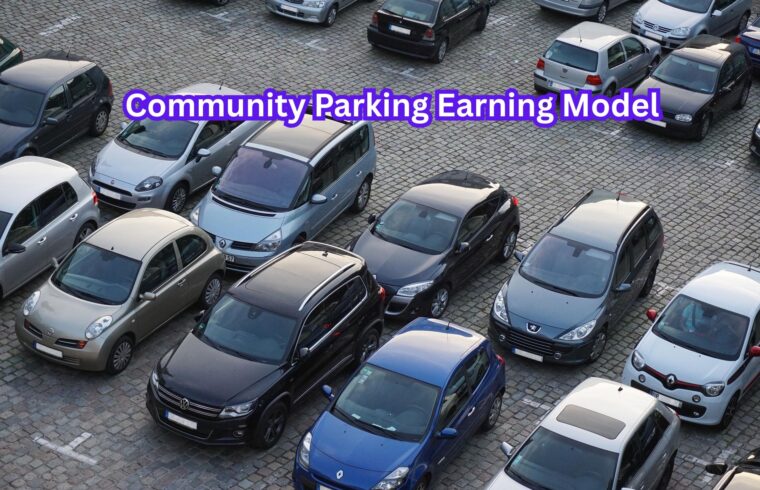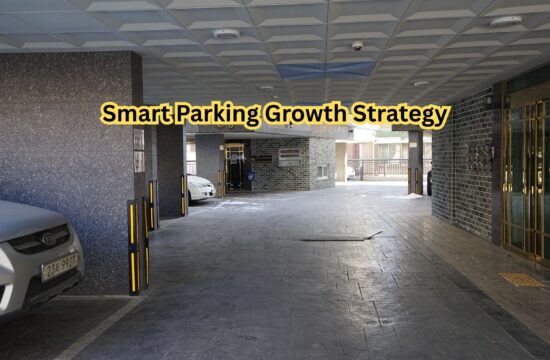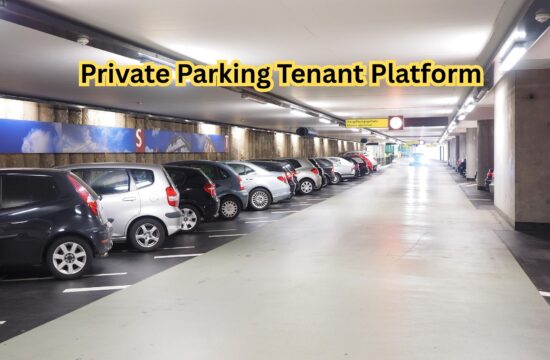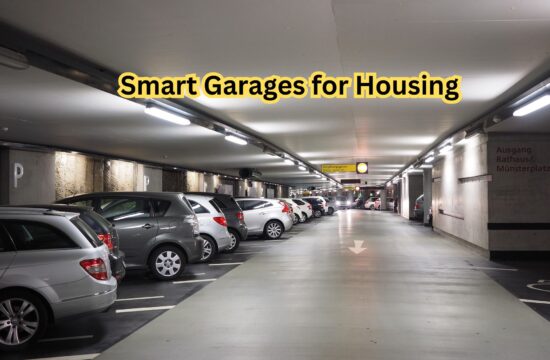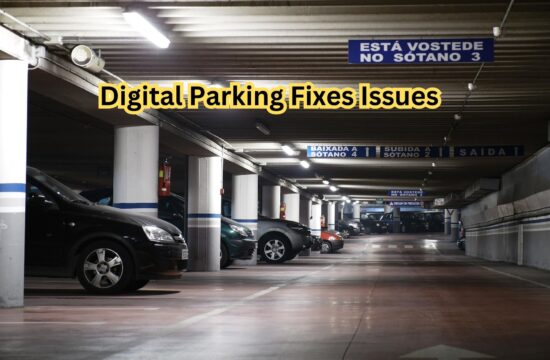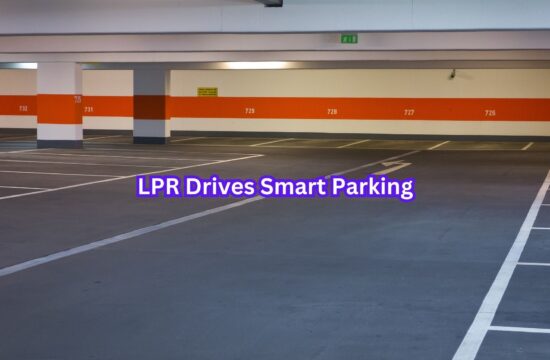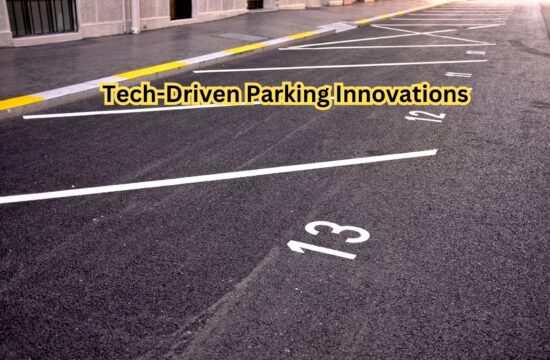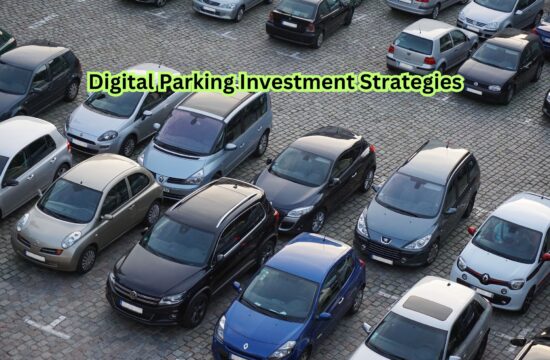By strategically monetizing available parking spaces, residential or business communities can create a consistent revenue stream through the use of a Community Parking Earning Model. Communities may maximize parking spaces for daily, monthly, or event-based rents rather than letting them sit unused, which will benefit both residents and property owners. Implementing a Community Parking Earning Model allows property managers to optimize underutilized areas while generating steady income. Whether for urban apartments or gated societies, the Community Parking Earning Model ensures. That every parking spot contributes to the community’s financial growth.
How the Model Works
Finding open parking spots in the neighborhood and making them available to paying users via a systematic payment system is how the revenue model operates. Hourly prices, monthly subscriptions, and special event fees are a few examples of this. To make the procedure smooth and transparent, many communities incorporate digital parking options like smartphone apps and access via QR codes.
Benefits for the Community
By putting in place a parking income model, more money may be made and used to fund community enhancements including maintenance, recreational opportunities, and security upgrades. Additionally, it encourages improved space management, which lessens traffic and guarantees that parking lots are used effectively.
Role of Technology in Parking Monetization
The success of a community parking income model is greatly influenced by modern technologies. Tools that reduce management’s human labor while streamlining. The user experience include cashless payment gateways, online booking portals, and license plate recognition systems. Additionally, these technologies include data analytics and real-time monitoring to maximize occupancy and pricing.
Ensuring Fair Allocation
Communities must establish clear guidelines and guarantee equitable space distribution for a parking income model to be successful. Residents may be given preference, and any available places may be rented to outsiders. Digital reservation platforms and open communication help prevent disputes and preserve peace in the neighborhood.
Conclusion
Unused or underutilized parking spaces can be turned into a steady source of income with a well-thought-out community parking earning strategy. Communities may transform parking lots into lucrative assets while enhancing general convenience. And security by fusing clever management, equitable distribution, and contemporary technology.

